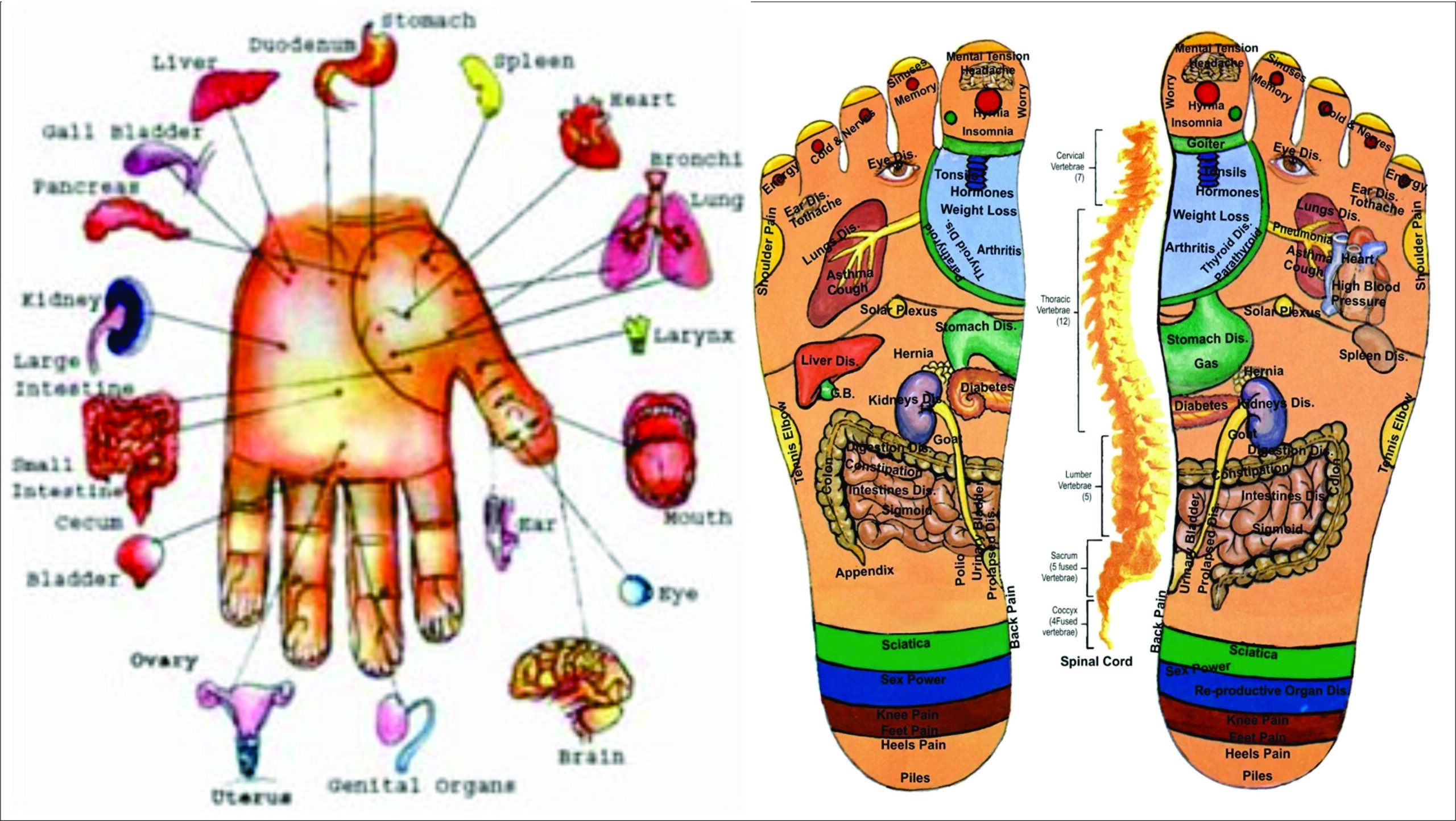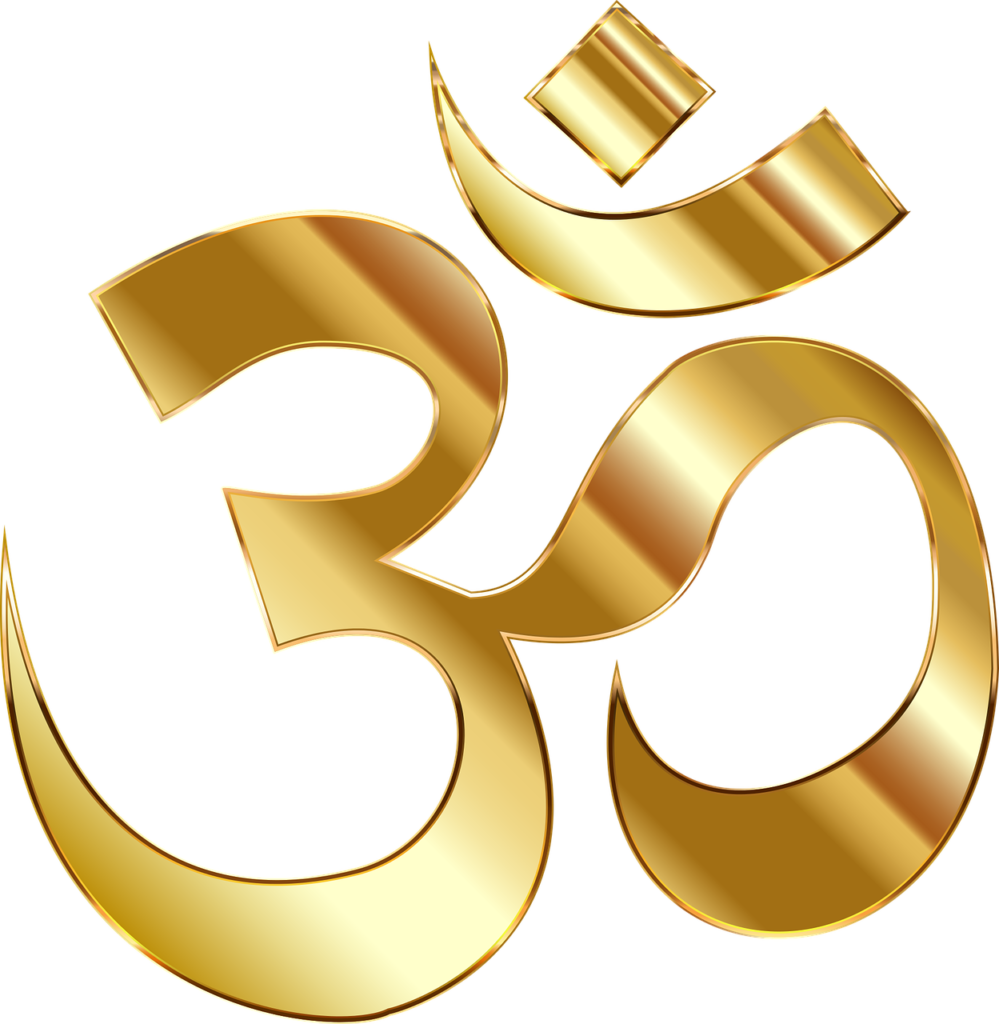Acupressure

Acupressure is a traditional healing practice that involves applying pressure to specific points on the body, known as acupoints or acupressure points. This technique is rooted in Traditional Chinese Medicine (TCM) and operates on the principle that stimulating these points can help restore balance and promote the body’s natural healing processes. Here are key aspects of acupressure:
Key Principles of Acupressure:
Meridian System: In TCM, the body is believed to have energy pathways called meridians that carry vital life energy, or “Qi” (pronounced “chi”). Acupressure points correspond to these meridians and are thought to help regulate the flow of Qi in the body.
Pressure Application: Practitioners use their fingers, palms, elbows, or special tools to apply pressure to acupoints. The pressure can be gentle or firm, depending on the desired effect and the sensitivity of the area being treated.
Self-Help Technique: Acupressure can be practiced by individuals on themselves (self-acupressure) or performed by trained practitioners. It’s often seen as a complementary approach to conventional medical treatments.
Benefits of Acupressure:
Pain Relief:Acupressure is commonly used to alleviate chronic pain conditions, including back pain, headaches, and menstrual discomfort.
Stress Reduction: The practice is known to promote relaxation, reduce stress, and alleviate anxiety by stimulating the release of endorphins and other feel-good hormones.
Improved Digestion: Certain acupoints can help relieve digestive issues like nausea, bloating, and constipation.
Enhanced Sleep Quality: Acupressure may help improve sleep by inducing relaxation and calming the mind.
Boosted Immune Function: Regular stimulation of certain acupoints can support immune system health and promote overall wellness.
Emotional Balance: Acupressure can aid in managing emotional issues such as depression or anxiety by enhancing the flow of energy and promoting a sense of calm.
Common Acupressure Points:
LI4 (Hegu): Located on the hand, this point is often used for headache relief and reducing stress.
PC6 (Neiguan): Found on the inner forearm, this point is beneficial for nausea, anxiety, and improving emotional well-being.
SP6 (Sanyinjiao): Located on the lower leg, this point is useful for menstrual pain and digestive disorders.
GB20 (Fengchi): Positioned at the base of the skull, this point can help alleviate headaches and neck tension.
KD1 (Yongquan): On the sole of the foot, this point is believed to ground excessive energy and can promote relaxation.
How to Practice Acupressure:
Locate the Points:Use a chart or guide to find the appropriate acupressure points for your needs.
Apply Pressure: Use your fingers or thumb to press on the points firmly, but gently enough to avoid pain. Hold the pressure for 30 seconds to a few minutes.
Breathe: Focus on your breath during the practice to enhance relaxation.
Listen to Your Body: If any discomfort arises, reduce pressure or stop.
When to Consider Acupressure:
As a complementary therapy for pain management.
To alleviate stress, anxiety, or sleep issues.
To address digestive problems or nausea.
To promote overall wellness and self-healing.
Precautions:
While acupressure is generally safe, it is advisable to consult with a healthcare professional before starting any new therapy, especially if you have underlying health conditions, are pregnant, or are undergoing treatment for a medical condition.
Conclusion:
Acupressure is an accessible and versatile practice that can be beneficial for a range of physical and emotional issues. While it can be practiced independently at home, working with trained practitioners can enhance the experience and effectiveness. If you have any specific questions about techniques, points, or conditions, feel free to ask!

